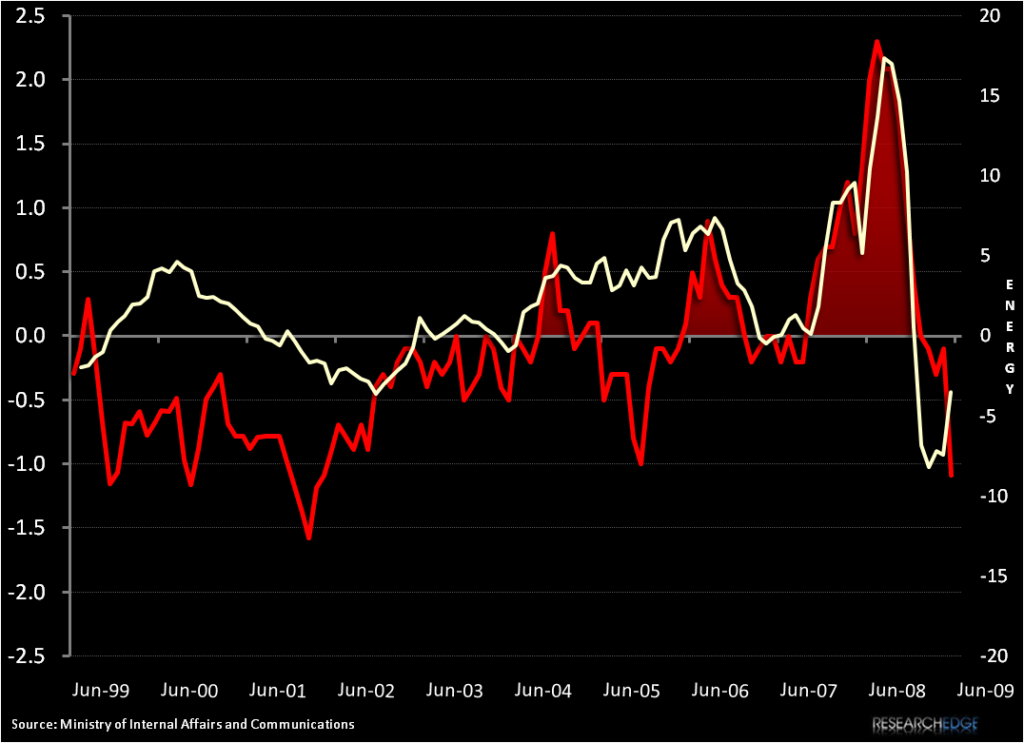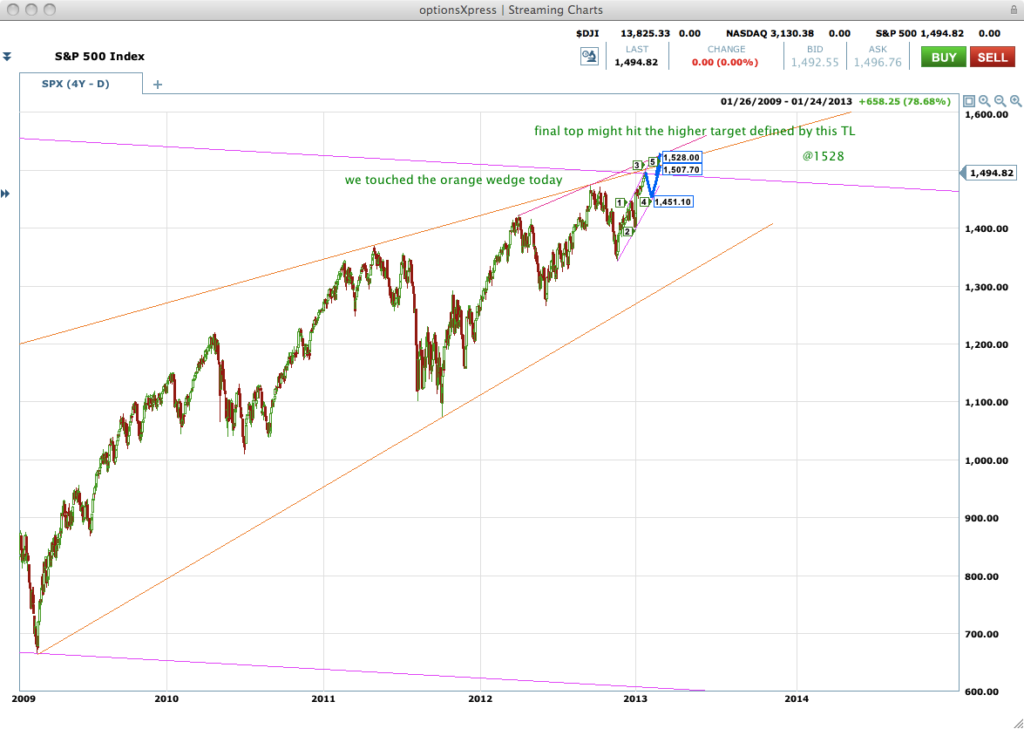I. Introduction
Deflationary cryptocurrencies are a relatively new concept in the cryptocurrency space, with some proponents arguing that they offer a more stable and secure investment option. However, the idea of a deflationary currency goes against the traditional economic principles of inflation and may have potential drawbacks. This article will explore the concept of deflationary cryptocurrency, its potential benefits and drawbacks, and whether it is a viable model for the future of cryptocurrency.

II. What is deflationary cryptocurrency?
Deflationary cryptocurrency is a type of digital currency that is designed to decrease in supply over time, ultimately leading to an increase in its value. Unlike traditional currencies, which are subject to inflation and the printing of more money, deflationary currencies are limited in supply, with a set number of coins in circulation. The most common method of achieving deflation in a cryptocurrency is by implementing a burning mechanism, where a portion of the coins in circulation are destroyed, reducing the overall supply.
III. Potential Benefits of Deflationary Cryptocurrency
Deflationary cryptocurrency has the potential to offer several benefits over traditional cryptocurrencies, including increased scarcity and value of the currency, incentivizing holding of the currency, and encouraging spending and investment. The limited supply of a deflationary currency means that the value of each coin may increase over time, making it a more valuable asset to hold onto. Additionally, because there are fewer coins available, there is more incentive for users to hold onto the currency, rather than spending or selling it.

IV. Drawbacks of Deflationary Cryptocurrency
Despite the potential benefits, deflationary cryptocurrency also has some potential drawbacks. One of the main issues is the difficulty in achieving widespread adoption, as the scarcity of the currency may make it less attractive to users who are looking for a more stable investment. Additionally, because deflationary currencies are designed to increase in value over time, they may have a negative impact on the economy, with users hoarding coins rather than spending or investing them. Finally, the limited supply may make the currency more susceptible to volatility, as even small changes in demand can have a significant impact on the value of each coin.
V. Examples of Deflationary Cryptocurrencies
Bitcoin, the world’s largest cryptocurrency by market capitalization, is a deflationary cryptocurrency, with a fixed supply of 21 million coins. Other examples include Litecoin, which has a maximum supply of 84 million coins, and Binance Coin, which is deflationary due to a mechanism that burns a portion of the coins used to pay trading fees. BurnX is another deflationary cryptocurrency that uses a burning mechanism to reduce the supply of coins in circulation.

VI. Does Deflationary Cryptocurrency Work?
Whether or not deflationary cryptocurrency is a viable model for the future of cryptocurrency is a subject of debate. While deflationary currencies offer some potential benefits, such as increased scarcity and value, there are also potential drawbacks, such as difficulty achieving widespread adoption and possible negative impact on the economy. Furthermore, the performance of existing deflationary cryptocurrencies has been mixed, with some experiencing significant volatility. Overall, it remains to be seen whether deflationary cryptocurrency will become a dominant force in the cryptocurrency industry or remain a niche concept.
VII. Conclusion
In conclusion, deflationary cryptocurrency is a unique and potentially promising concept that offers some potential benefits over traditional cryptocurrencies. However, the limited supply and potential drawbacks may make it difficult to achieve widespread adoption and acceptance. It will be interesting to see how the concept evolves in the coming years and whether it becomes a more mainstream option for cryptocurrency investors. Ultimately, whether deflationary cryptocurrency is a viable model for the future of cryptocurrency remains to be seen.





Add comment